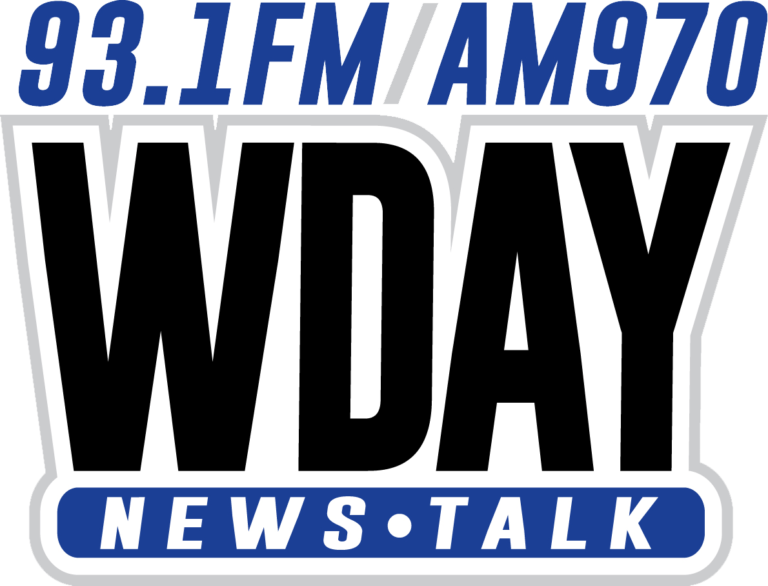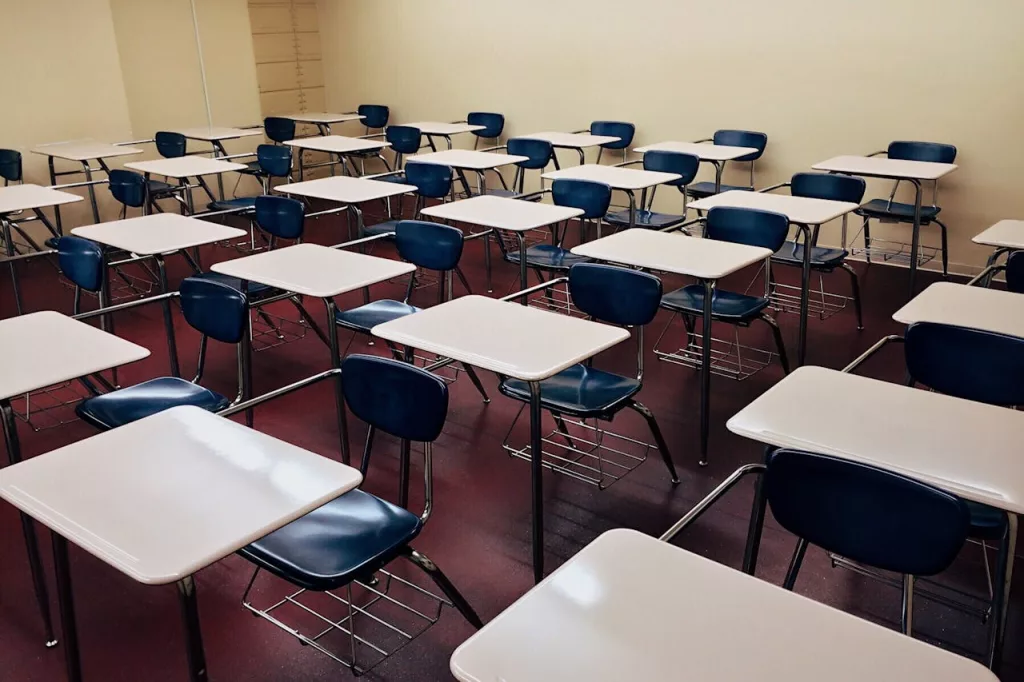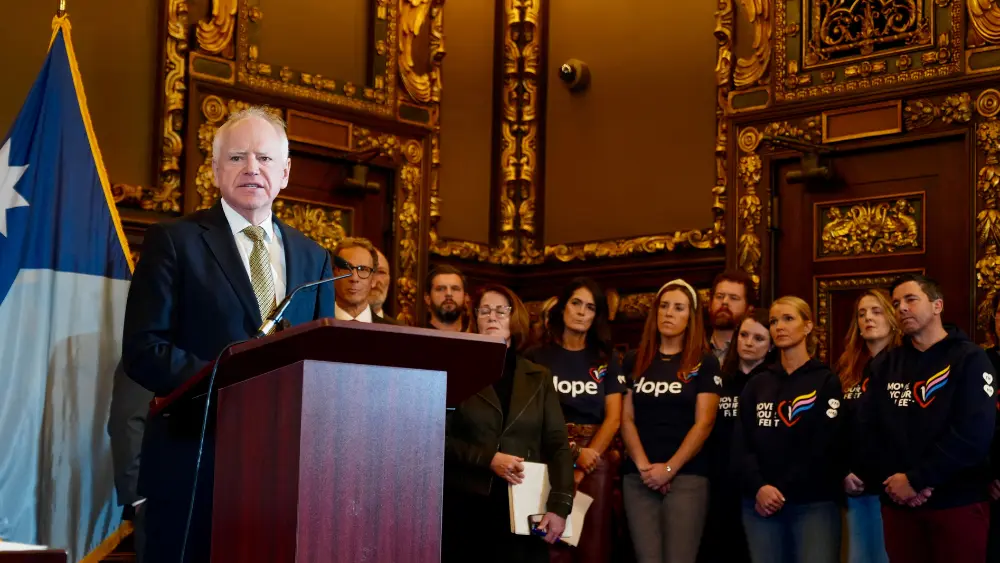Austin Erickson interview with Faye Seidler
NORTH DAKOTA – There’s a new North Dakota State of the State Report For LGBTQ+ youth saying those students are more likely to self harm and have suicidal ideations.
“When we look at youth and their experiences we look at key moments of trauma they might have. That could be abuse, that could be substance abuse, that could be bullying at school. Imagine they talk to their family about it or a school administrator and the adult in their life says to toughen up, that kid could then think to themselves they can’t find help, so there’s nothing to do about it and feel adults can’t help them at all,” suicide prevention advocate specializing in LGBTQ+ populations Faye Seidler said.
The report analyzed data from the Youth Risk Behavior Survey, which North Dakota conducts in partnership with the Centers for Disease Control and Prevention. It’s also a joint effort between Harbor Health Initiative and Faye Seidler Consulting. North Dakota students in grades 7 through 12 fill out a voluntary, anonymous survey questionnaire. Schools, teachers, public health professionals, community leaders, and policymakers in North Dakota use the survey data for decision making, evaluation, and planning.
9,667 hundred respondents identify as gay, bisexual, questioning or questioning which is 19 percent of students in middle and high school in North Dakota. 2,226 respondents identify as transgender or questioning gender which is four percent of students in middle and high school in the state.
The report states LGBTQ+ students are at higher risk for substance abuse, more likely to go hungry at home, and less likely to have stable housing.
Seidler says looking at bills that became law in North Dakota during the 2023 session including prohibiting public schools from requiring teachers and employees to call transgender people by their preferred pronouns and prohibiting transgender people from using bathrooms, locker rooms and changing rooms according to their gender identity in K-12 public schools, she feels they reduce protective factors for trans students.
“If you look at the data, we find that in middle school, kids who identify as trans are 10 or 20 times more likely to say they don’t drink water in a week. We can presume that they don’t want to go to the bathroom at school. It does go down significantly in high school, but those kids probably have access to cars at that point or the schools are bigger and they have access to gender neutral bathrooms.
Click here to read the 2025 North Dakota State of the State Report For LGBTQ youth.





